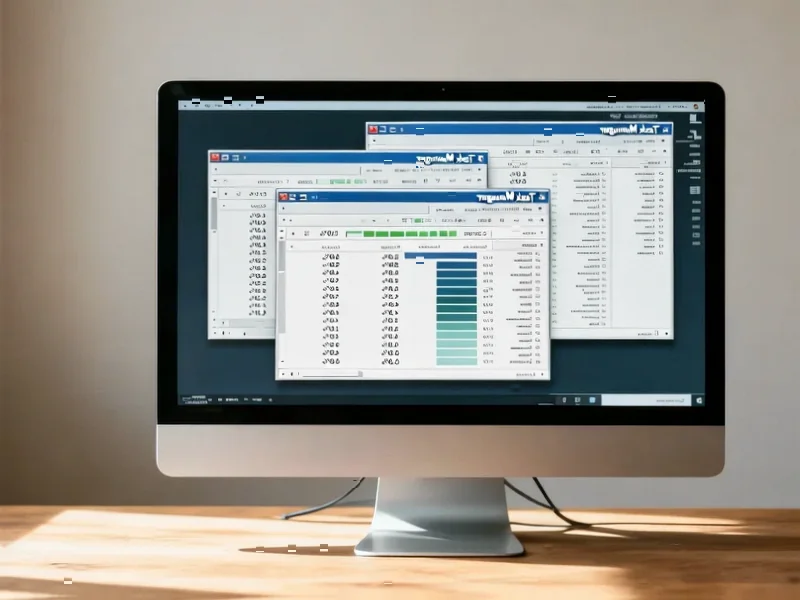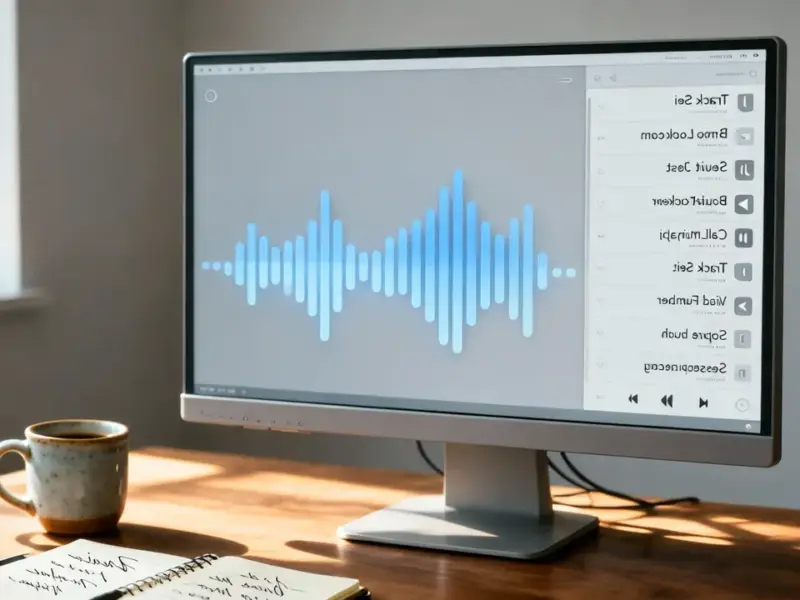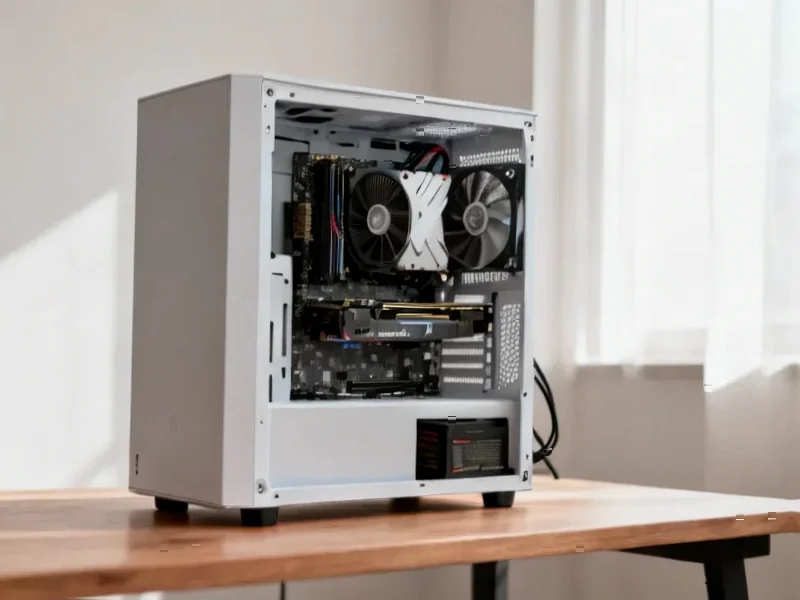According to ExtremeTech, YouTube has removed two videos from the CyberCPU Tech channel that demonstrated how to install Windows 11 without a Microsoft account or officially supported hardware. The platform flagged both tutorials under its “Harmful or dangerous content” policy and denied all appeals, with one appeal allegedly rejected in under a minute. Creator Rich, a computer technician with 300,000 subscribers built over five years, confirmed the videos contained no piracy, hacking, or payment bypassing content. Reports indicate other creators posting similar Windows-related guides have also faced takedowns, though YouTube hasn’t commented publicly on these specific cases.
The Automated Moderation Crisis Deepens
This incident represents a critical failure in YouTube’s automated moderation systems that extends far beyond Windows tutorials. When platforms rely on algorithms to interpret complex technical content, legitimate educational material becomes collateral damage. The sub-minute appeal rejection suggests automated systems are handling what should be nuanced human review processes. This creates a chilling effect where creators must self-censor technical content rather than risk channel termination through accumulated strikes. The fundamental problem lies in training AI systems to distinguish between legitimate technical education and genuinely harmful content – a distinction that often requires expert human judgment.
Alternative Platforms Gain Competitive Edge
YouTube’s moderation failures create significant market opportunities for specialized platforms. When Rich mentions considering Floatplane or Rumble for future uploads, it signals a potential migration of technical creators to platforms with more transparent content policies. This represents a market segmentation where general-purpose platforms lose high-value technical content to specialized alternatives. The removed installation guide and similar technical tutorials represent precisely the type of content that drives engaged, high-value audiences – the kind that advertisers covet and platforms build their reputations on. If YouTube continues this path, it risks becoming a platform for mainstream entertainment while technical education migrates elsewhere.
The Microsoft Ecosystem Question
While no evidence confirms Microsoft’s involvement, the pattern of Windows-specific takedowns raises legitimate questions about platform-OS relationships. Microsoft has every incentive to control the Windows installation narrative, particularly as they push users toward Microsoft accounts and cloud services. Installation methods that bypass these requirements directly impact Microsoft’s data collection and service adoption metrics. The timing is particularly notable as Microsoft aggressively markets Windows 11 adoption ahead of Windows 10’s end-of-life. If platform moderation aligns with corporate interests rather than user education, it represents a fundamental conflict that could reshape how technical knowledge is shared online.
Broader Implications for Tech Education
The most concerning aspect is the uncertainty Rich expresses about what topics remain permissible. This ambiguity threatens the entire technical education ecosystem that has flourished on YouTube. From programming tutorials to hardware reviews, creators now face unpredictable content risks. The market impact extends to technology adoption itself – when users can’t access legitimate installation guidance, it potentially slows Windows 11 adoption and limits user choice. This creates a paradox where platforms designed to disseminate information become barriers to technical knowledge, ultimately harming the very technology ecosystems they claim to support.




